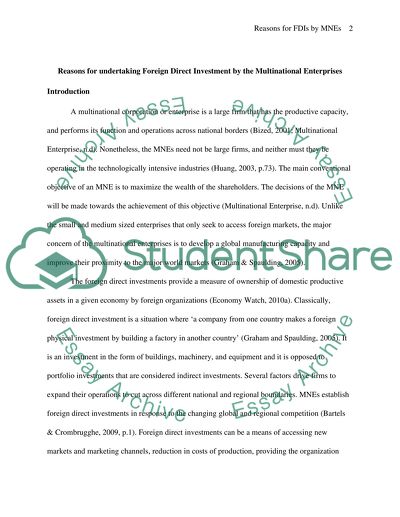Cite this document
(“Reasons for Undertaking Foreign Direct Investment by the Multinational Essay”, n.d.)
Retrieved from https://studentshare.org/macro-microeconomics/1443888-discuss-and-evaluate-the-most-important-reasons
Retrieved from https://studentshare.org/macro-microeconomics/1443888-discuss-and-evaluate-the-most-important-reasons
(Reasons for Undertaking Foreign Direct Investment by the Multinational Essay)
https://studentshare.org/macro-microeconomics/1443888-discuss-and-evaluate-the-most-important-reasons.
https://studentshare.org/macro-microeconomics/1443888-discuss-and-evaluate-the-most-important-reasons.
“Reasons for Undertaking Foreign Direct Investment by the Multinational Essay”, n.d. https://studentshare.org/macro-microeconomics/1443888-discuss-and-evaluate-the-most-important-reasons.


